A Difficult Passage in the Talmud
Isidor Kaufmann
1903
Image
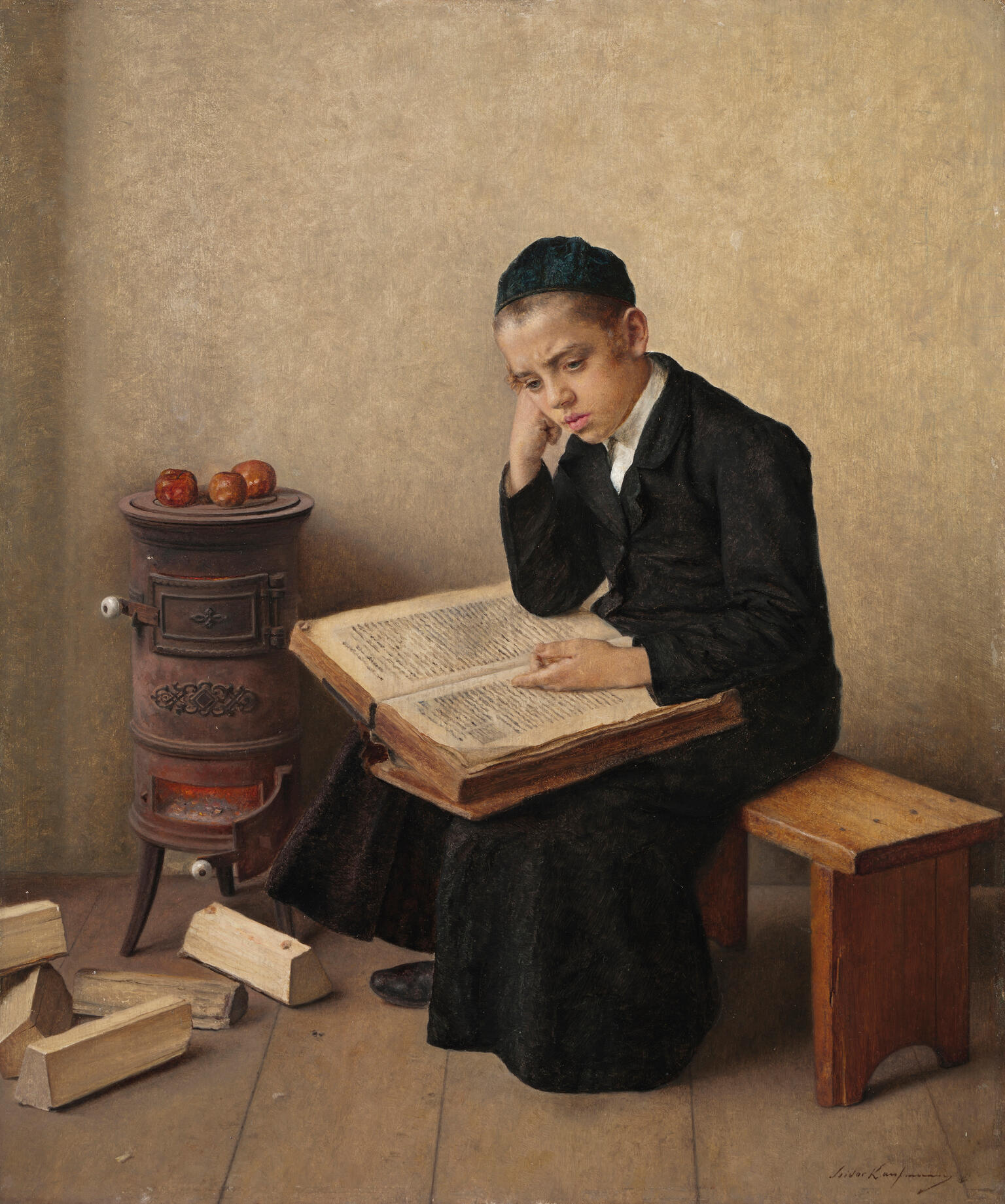
Engage with this Source
Creator Bio
Isidor Kaufmann
1853–1921
The Hungarian painter Isidor Kaufmann was born in Arad (now in Romania), where his father commanded an army regiment in the Austro-Hungarian imperial army. Kaufmann studied at the Budapest Drawing School and later in Vienna, where he spent the remainder of his life. Winning an award for his painting The Skeptic at the Vienna World’s Fair in 1873, he would go on to become particularly known for his paintings of Hasidic folk-life and for his genre scenes of Jewish life in East Central Europe, including The Rabbi’s Visit (1898/9), Friday Evening (1897/8), and Young Rabbi from N. (ca. 1910).
You may also like
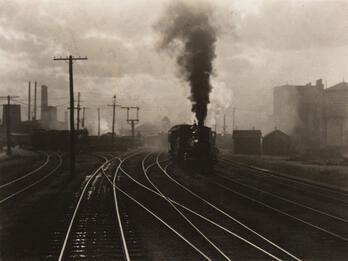
The Hand of Man
The Hand of Man appeared in the first issue of Alfred Stieglitz’s journal, Camera Work. Its title alludes both to the transformation of the natural world by humans and the capacity of humans to create…
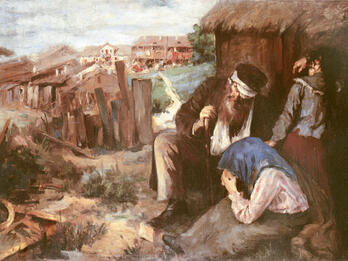
The Day after the Pogrom (Yard in Ruins and Bereaved Family)
The Day after the Pogrom was painted shortly after the Kishinev pogrom, in which forty-nine Jews were murdered, more than 500 injured, many Jewish women raped, 700 houses ransacked and destroyed, 600…
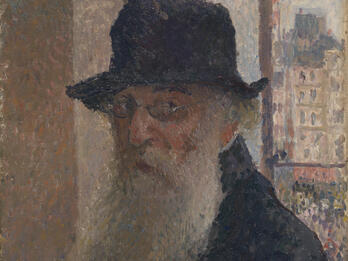
Self-Portrait
This is Camille Pissarro’s last self-portrait, painted in his Paris apartment. The artist has seated himself in front of a window, perhaps reflecting the fact that many of his paintings of Paris…
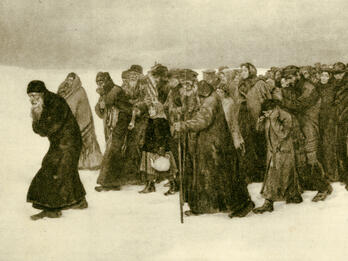
Exile
In Exile, a column of Jews makes their way across a barren landscape that evokes the desert that the biblical Israelites wandered for forty years. But the people here are clearly East European Jews…
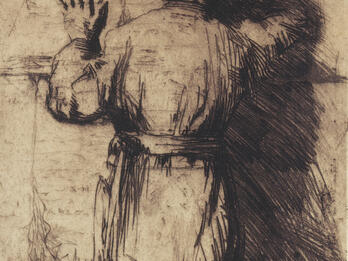
Everyone Who Mourns Jerusalem Reaps Its Joy (at the Wailing Wall)
The title of this etching comes from the inscription that appears on the lower left. The picture depicts a Hasidic Jew in Jerusalem praying at the Western Wall, the remnant of the Second Temple that…
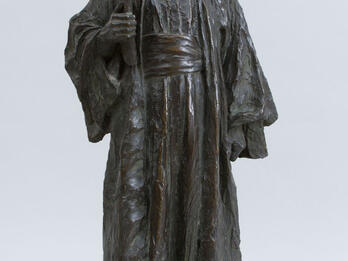
Jewish Scholar
Katherine M. Cohen created a number of sculptures that explored Jewish themes, including Jewish Scholar. She also sculpted, on commission, portrait busts of prominent Philadelphia Jews, such as Judge…

